Text and photographs by Peter van Stralen.
They say that the design of an English garden is only complete, if there are no more plants, bushes or trees that can be added to this garden. By contrast, a Zen garden is only finished, if there are no more plants, bushes or trees that can be left out of the design.
In this context, my photography can best be described as a Zen garden: I am a minimalist.
So how did I become a minimalist?
When I entered the Academy of Arts in Arnhem, The Netherlands, I was, quite understandably, rather insecure about my talents and my possibilities as a graphic designer. So, by way of compensation, I added a lot of comments, explanations and titles to my projects in order to make sure that my ideas would not be misunderstood. This attitude was even encouraged by our teachers who told us that the crucial element in any kind of design was: The Concept. Consequently, in this creative think tank, along with our ambitious young designs, an awful lot of theoretical hot air was produced as well. And yet, in the end this atmosphere of creativity turned out to be very beneficial to me, because it taught me to look at things from various new angles.
Finally however, I had seen enough of this somewhat arty-farty environment, so I left the Academy and went on to study photography in-depth at a Business School of Photography. This new training was quite the opposite of the Academy of Arts, because it was really practical and down to earth. In a way, it was complementary to my previous education: whereas the Academy had taught me to think, to experiment and to search for new forms and ideas, this second study helped me to become more realistic in my approach towards photography.
For several years afterwards I locked myself up in my darkroom and my studio and experimented with all sorts of chemicals, films, photographic paper, lenses, lighting and compositions. My subject invariably was some sort of still life that I had created out of the stuff that was lying around: a vase, broken glasses, a chair, a mannequin, some pencils, a hat, you name it.
My main mistake in those days was that I tried to tell stories with my photographs by squeezing an overdose of stuff/information into the image, thus blurring the final message.
In this period of seclusion I created the foundation of my staged photography, which was still somewhat crude and naïve, but promising nonetheless.
During those years I also organized workshops for a group of young amateur photographers, and at one point it seemed like a good idea to have them experiment with the subject of photographing motion and movements. Because of my former contacts with the Academy, I managed to arrange a photo session for them at the local Dance Academy.
This is where my life as a photographer took a decisive turn.
I was immediately struck by the way these dancers combined their strength with elegance, as out of their incredible physical control a wonderful atmosphere of grace and beauty emerged. Opposites attract: I do not consider myself to be graceful or elegant, and I definitely cannot dance.
In the months that followed I returned to their dance studios time and time again to photograph them in action, until I finally had the nerve to ask a couple of female dancers if they would be willing to pose for me in the nude.
-Why?
-I think I want to be a photographer-sculptor.
We took it from there.
Naturally I was rather tense during these first photo sessions, so in order to control this situation, I tried to make as many mental notes as possible in advance. I made sketches, wrote down photo sequences, in fact I made an entire script in order to avoid any glitches during the session itself. The results were quite predictable; they were all right, but they were still a far cry from what I was really looking for. So I started to use props to enliven the images: chairs, stools, different backgrounds, and so on.
Meanwhile, the girls were just terrific: they were very enthusiastic, supportive and positive about the images, which obviously was a great encouragement to me. It was great fun working with them and they were proud of the pictures that we made together.
As time went by, I gradually noticed that I made less and less sketches, mental notes and scripts for my photo sessions. My confidence had grown and -just like the dancers- I had gained some inner strength from which I could start to create. Getting rid of of my previous scripts and sketches gave me the opportunity to open up and to improvise, to react spontaneously to the things that were happening right there and then in my studio. And finally, I decided to skip my meticulous preparations altogether and take each session almost like a blank canvas.
Furthermore, all titles, descriptions or captions for my photographs were left out: all my photographs have only a serial number. In my field of photography, the best images are the ones that do not need a title, a description or an explanation. Interpretation should be left to the viewer.
To me photography has become an organic process: one image almost automatically evokes the next one. I do not believe in change for change’s sake, so trends and fashions mean nothing to me (I do not feel the need to be ‘hot’. Or cool, for that matter). On the contrary: just like a tree I shed my leaves from time to time. Then I have a winter break and start making new leaves again without any necessity of having to change.
In order to avoid these trendy or fashionable connotations, I started to strip my photographs of all kinds of details until I ended up with nothing but a plain black or white background.
Digging deeper and deeper into the subject, it became clear to me that the more I left out of an image, the stronger it became. Even the faces, however beautiful, were left out, since they only meant a distraction from the image. In the end, the result was pure form.
In the meantime, most of my models have become professional dancers and other professional dancers have followed in their footsteps to come and pose for me as well. My admiration for these young women is enormous: they are passionate about their work, they are disciplined, dedicated, and they are always open to new ideas, which makes them perfectly suitable for my own projects. Without them, it would have been absolutely impossible to create these images, so I owe them a great deal. In fact, I consider the photographs as our common creation because of the priceless input they have given to me during countless photo sessions.
Nowadays I start my photo sessions with only a vague, embryonic notion of what I plan to do and then I simply let things happen as they come. It is almost like jazz music or a jam session: From a basic theme, you start to look, listen and improvise. Without any notes, sketches or scripts in my hand, I reach out to my model and then we surrender to the music that we create together.
At one point one of them asked me:
– Do you think that photography is an art form?
– Is drawing an art form? I replied.
– Most of the time, it’s not, but yes, sometimes drawings can be an art form.
– Precisely.
– So how do you see the work that we are doing here?
– We are dancing. In a Zen garden.
Please visit Peter van Stralen for more minimalistic nude photography.

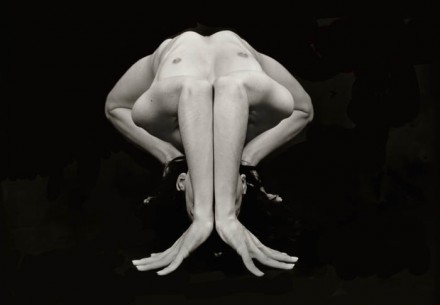
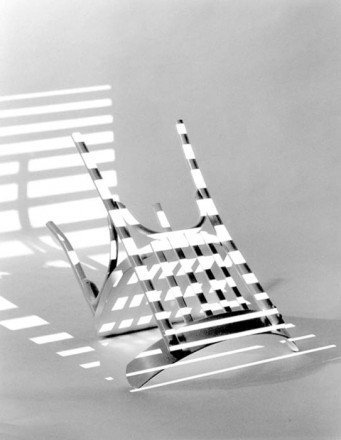
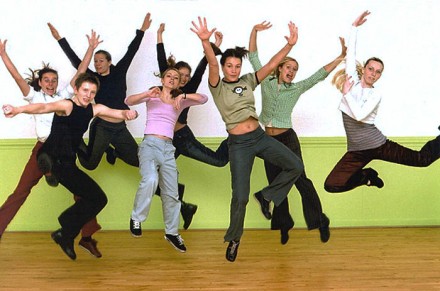
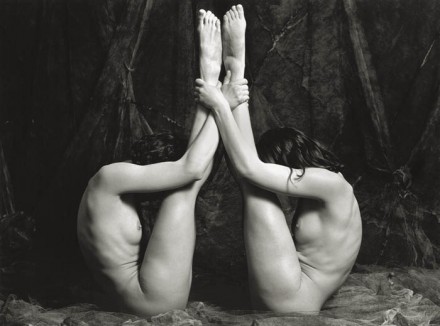
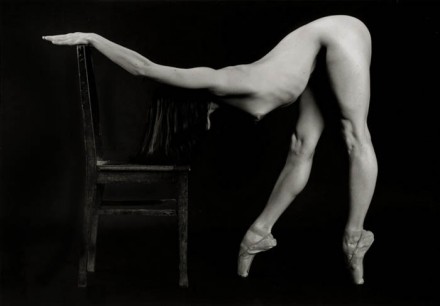
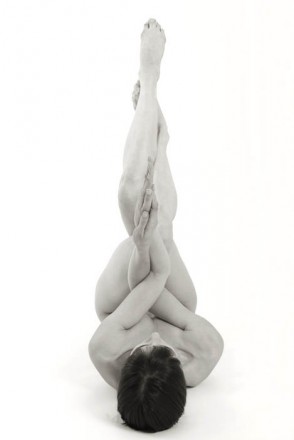
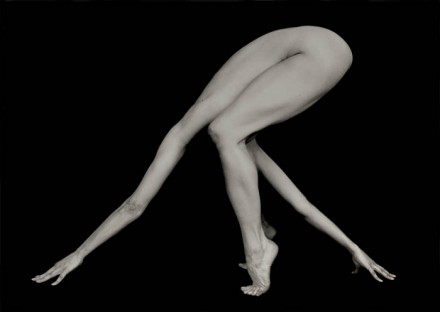
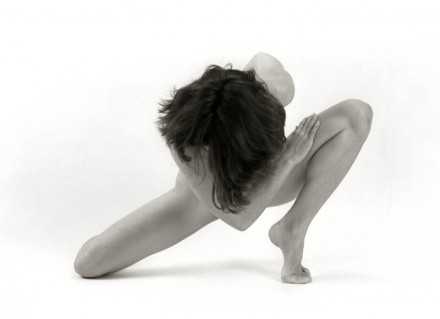
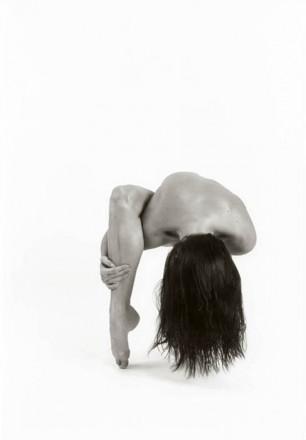
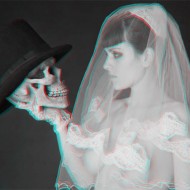
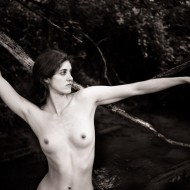
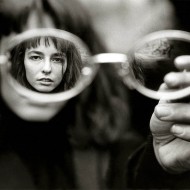
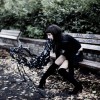
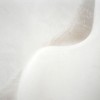





























I did not know this guy. The images are just stunning! Thanks for sharing.
You can also subscribe to this post comments RSS feed.